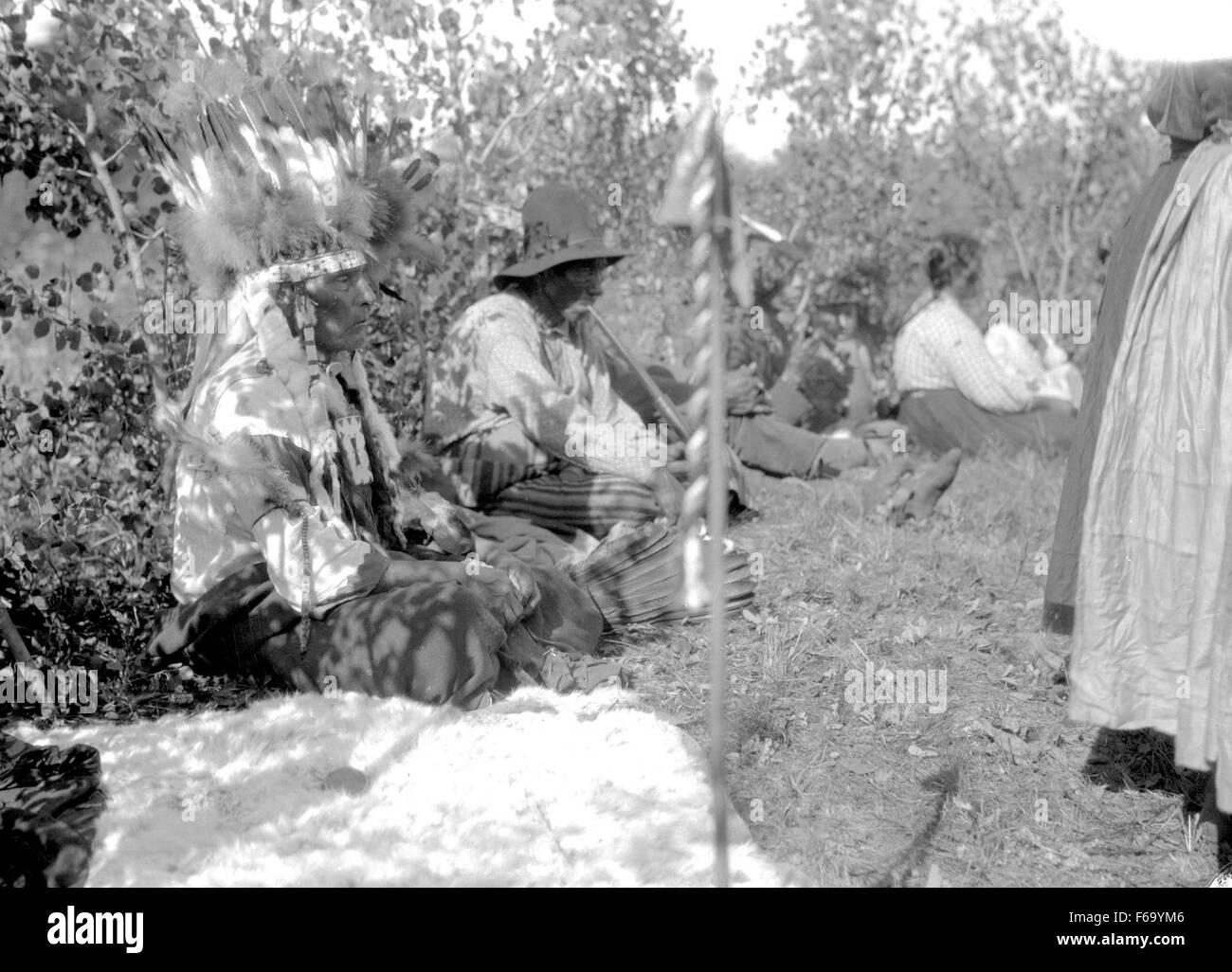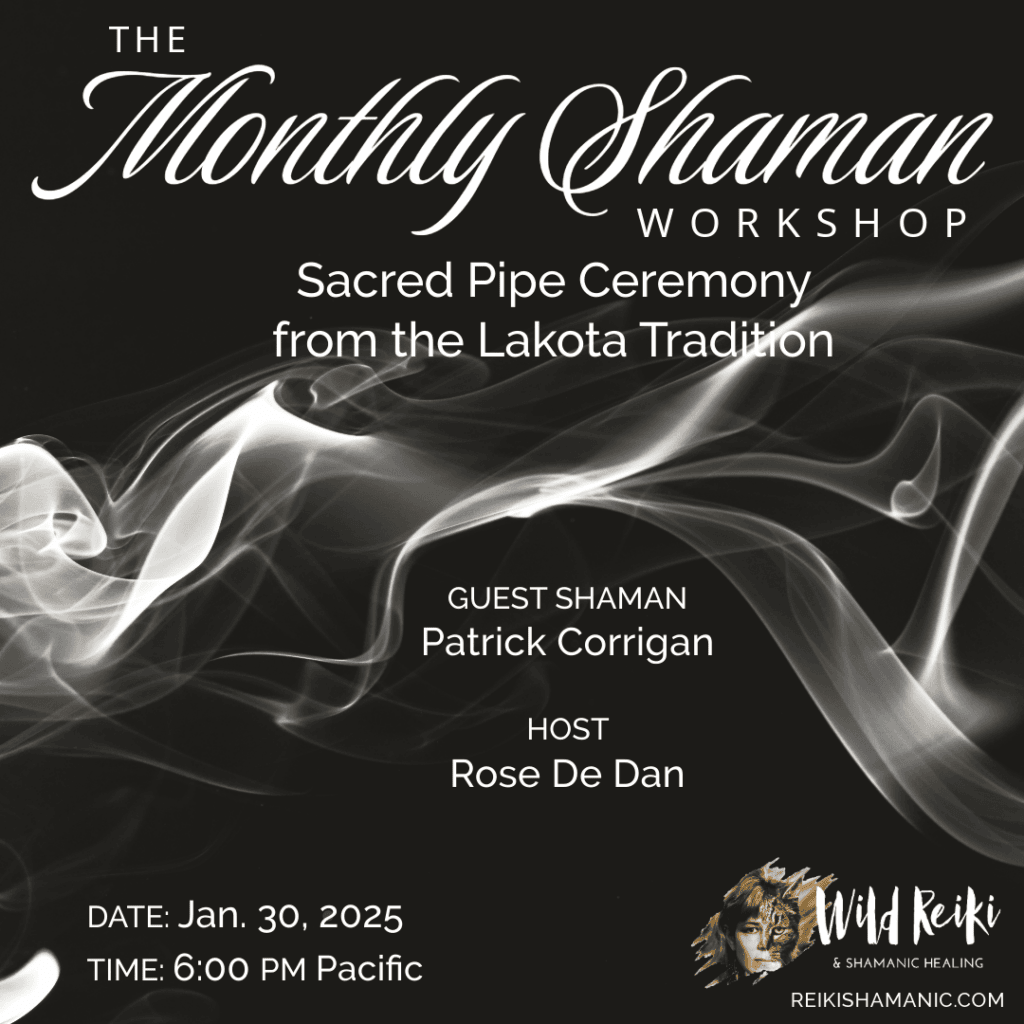
The Sacred Smoke: How Ancient Pipe Ceremonies Forge Peace and Unity
In the heart of Indigenous North American cultures lies an instrument of profound spiritual and diplomatic power: the Sacred Pipe. Far more than a mere smoking device, the Chanunpa (Lakota) or Calumet (French term, derived from Indigenous usage) is a conduit for prayer, a witness to truth, and an indispensable tool in peace-making traditions that have shaped nations and healed divisions for millennia. Its enduring relevance, from inter-tribal treaties to modern-day reconciliation efforts, underscores a wisdom often overlooked in contemporary conflict resolution: true peace begins with spiritual grounding, mutual respect, and a shared commitment to truth.
The Sacred Pipe is a testament to the holistic worldview of Indigenous peoples, where the spiritual and the temporal are inextricably linked. Its components – a carved stone bowl and a wooden stem – are rich with symbolism. The bowl, often made of pipestone (catlinite), represents the feminine principle, the Earth, and the heart of creation. The stem, typically made of ash or sumac, embodies the masculine, the path, and the connection to the Sky World. When joined, they symbolize the unity of all life, the balance of male and female, and the connection between heaven and earth. The tobacco or sacred herbs smoked within are not for recreation but are potent offerings, their smoke carrying prayers directly to the Creator and to the spirit world.
The Genesis of a Sacred Instrument: White Buffalo Calf Woman
For many Plains nations, the origin of the Sacred Pipe is deeply intertwined with the sacred narrative of White Buffalo Calf Woman. According to Lakota tradition, she appeared to two hunters during a time of great suffering, bringing with her the Chanunpa and teaching the people seven sacred rites, including the pipe ceremony. She instructed them that the pipe was a direct link to Wakan Tanka, the Great Mystery, and that by using it with a pure heart, they could communicate with the Creator, foster unity, and ensure the well-being of their people and all living things. Her message was one of peace, respect, and the interconnectedness of all creation, encapsulated in the phrase "Mitakuye Oyasin" – "All My Relations." This origin story elevates the pipe from a cultural artifact to a divine gift, imbuing it with immense spiritual authority that underpins its use in peace-making.
The Ceremony: A Blueprint for Harmonious Relations

A Sacred Pipe ceremony is a meticulously structured event designed to create a sacred space where honesty, humility, and clear intention can flourish. Before the pipe is even brought out, participants often undergo smudging – a purification ritual using sacred herbs like sage, sweetgrass, or cedar – to cleanse their minds, bodies, and spirits, ensuring they approach the ceremony with a good heart and clear thoughts.
The pipe keeper, often an Elder or a designated spiritual leader, prepares the pipe with reverence. The bowl is attached to the stem, uniting the masculine and feminine principles. Sacred tobacco or other herbs are carefully loaded into the bowl, each pinch representing a prayer or intention for the four cardinal directions, Mother Earth, Father Sky, and the spirit within all beings. As the pipe is lit, the first puffs are offered to these sacred directions, acknowledging the web of life and the presence of the Creator in all things.
When the pipe is passed among participants, each person takes a moment to hold it, offering their personal prayers and intentions. The act of sharing the pipe is profoundly symbolic: it signifies a shared breath, a shared purpose, and a mutual commitment to whatever is being discussed. In this sacred circle, there is no hierarchy; everyone is equal before the Creator. The smoke, rising upwards, is believed to carry the participants’ thoughts and prayers to the spirit world, while simultaneously grounding them in the present moment, fostering a deep sense of connection and presence.
Diplomacy and Treaty Making: The Pipe as a Witness
Historically, the Sacred Pipe was the ultimate instrument of diplomacy among Indigenous nations. Before the arrival of Europeans, inter-tribal relations were complex, involving trade, alliances, and sometimes conflict. When disputes arose or treaties needed to be forged, the pipe was central to the negotiation process. Its presence transformed a secular discussion into a sacred undertaking.
Agreements made under the pipe were considered absolutely binding, not just between the parties involved, but before the Creator and the entire spirit world. To break an agreement made with the pipe was to betray not just one’s word, but one’s spiritual integrity and relationship with the divine. This profound spiritual weight ensured that negotiations were approached with the utmost sincerity and that promises were kept. The act of sharing the pipe during such deliberations compelled participants to speak truthfully and from the heart, knowing that deceit or ill-will would be spiritually sanctioned.
When Europeans first encountered Indigenous peoples, they quickly recognized the profound significance of the pipe. The French term "calumet" became widely used to describe these pipes, and European diplomats learned that to enter into serious negotiations, let alone sign treaties, the smoking of the pipe was an essential preliminary. Historical accounts, such as those involving William Penn and the Lenape, often detail the exchange of pipes and the ceremonial smoking that accompanied land agreements and peace treaties. While Europeans may not have fully grasped the spiritual depth, they understood its role as a solemn pledge, a binding oath that transcended mere legal formalities. The pipe acted as a universal symbol of good faith, even across vast cultural divides.
Conflict Resolution: A Path to Healing and Reconciliation
In times of conflict, the Sacred Pipe offered a pathway to resolution that prioritized healing, understanding, and restoring balance over retribution. Unlike adversarial justice systems that focus on determining guilt and assigning punishment, Indigenous peace-making traditions, often facilitated by the pipe, aimed to mend broken relationships and address the root causes of discord.

When two individuals or groups were at odds, a pipe ceremony would be convened. The atmosphere was one of deep respect and focused listening. Each person was given the opportunity to speak their truth without interruption, their words carried by the sacred smoke. The pipe demanded that participants empty their hearts of anger and resentment, seeking instead a path towards forgiveness and mutual respect. It required humility to acknowledge one’s own role in the conflict and courage to offer or accept reconciliation. The shared act of smoking underscored the fundamental interconnectedness of all present, reminding them that their well-being was tied to the well-being of the collective.
This approach fostered empathy and allowed for genuine healing. Instead of a winner and a loser, the goal was for everyone to emerge with a renewed sense of community and purpose. The pipe facilitated a process where grievances were aired, apologies offered, and solutions collaboratively forged, ensuring that the peace achieved was not merely an absence of conflict but a positive, flourishing state of harmony.
Contemporary Relevance: Healing Historical Wounds
In the modern era, the Sacred Pipe continues to play a vital role, particularly in the context of reconciliation and healing from the devastating impacts of colonialism, residential schools, and ongoing systemic injustices. Indigenous communities across North America are increasingly utilizing pipe ceremonies in healing circles, truth and reconciliation commissions, and community gatherings to address intergenerational trauma.
For survivors of residential schools, for families of Missing and Murdered Indigenous Women and Girls (MMIWG), and for communities grappling with the loss of language, culture, and land, the pipe ceremony offers a safe and sacred space for grieving, sharing painful truths, and beginning the arduous journey of healing. It provides a spiritual anchor, connecting participants to their ancestors, their culture, and the enduring strength of their traditions.
Leaders and Elders often employ the pipe to open dialogue with non-Indigenous governments and institutions, seeking to build bridges of understanding and forge new, respectful relationships. The pipe stands as a powerful symbol of Indigenous sovereignty, resilience, and the enduring spiritual foundation of their claims for justice and self-determination. When a pipe ceremony precedes a major negotiation or a public apology, it imbues the proceedings with a solemnity and spiritual weight that transcends legal frameworks, calling all parties to a higher standard of truth and integrity.
Lessons for a Troubled World
The peace-making traditions associated with the Sacred Pipe offer profound lessons for a world grappling with escalating conflicts, political polarization, and widespread social unrest. The core principles – deep listening, speaking from the heart, seeking unity over division, acknowledging interconnectedness, and grounding discussions in spiritual awareness – are universally applicable.
Imagine a world where diplomatic negotiations began with a collective moment of spiritual grounding, where leaders committed to speaking only truth from a place of humility and respect, and where the aim was not simply to win, but to restore balance and foster enduring relationships. The Sacred Pipe challenges us to move beyond transactional interactions and towards transformative engagements, recognizing that true peace is not just the absence of war, but the presence of justice, harmony, and mutual respect among all peoples and with the Earth itself.
As the smoke rises from the Sacred Pipe, carrying prayers for peace, healing, and understanding, it serves as a timeless reminder of an ancient wisdom that remains profoundly relevant. It calls us to remember our shared humanity, our common origins, and our collective responsibility to forge a future where "All My Relations" can thrive in peace and harmony. The Chanunpa is not merely a relic of the past; it is a living, breathing testament to the power of spirit to bridge divides and illuminate the path to lasting peace.


